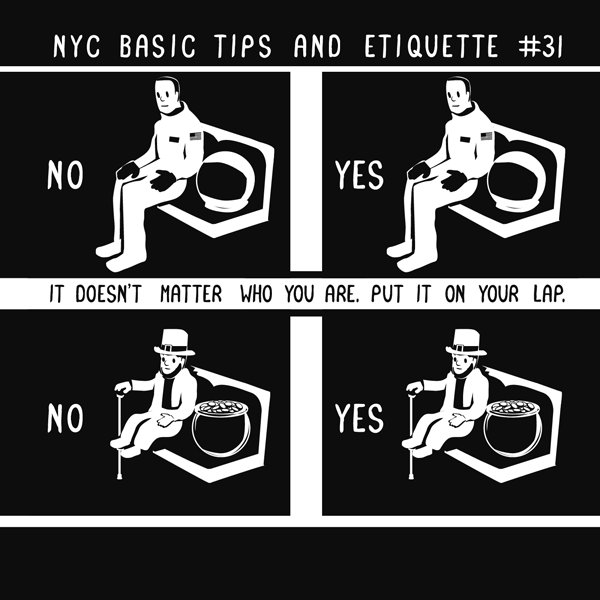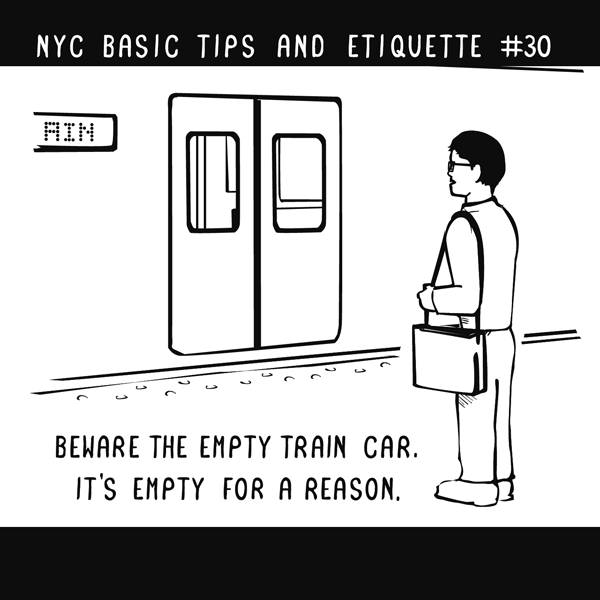In 2004, two women who were long past college age settled into a dorm room at a large public university in the Midwest. Elizabeth Armstrong, a sociology professor at the University of Michigan, and Laura Hamilton, then a graduate assistant and now a sociology professor at the University of California at Merced, were there to examine the daily lives and attitudes of college students. Like two Jane Goodalls in the jungle of American young adulthood, they did their observing in the students’ natural habitat.
The researchers interviewed the 53 women on their floor every year for five years—from the time they were freshmen through their first year out of college.
Their findings about the students’ academic success later formed the basis for Paying for the Party, their recent book about how the college experience bolsters inequality. They found that the women’s “trajectories were shaped not only by income ... but also by how much debt they carried, how much financial assistance they could expect from their parents, their social networks, and their financial prospects.”
But in the process, they began to notice that the women’s attitudes about sex were also influenced by their families’ incomes. On top of asking the students about GPAs and friend groups, the researchers also dug into their beliefs about morality—sometimes through direct questions, but often, simply by being present for a late-night squabble or a bashful confession.
“We were there on the floor when these dramas would emerge about slut-bashing,” Armstrong told me. “We saw working class girls walk out of their dorms to visit boys, and the privileged girls would say, ‘why are you wearing that?’"
As Armstrong and Hamilton write in a new study published in Social Psychology Quarterly, economic inequality drove many of the differences in the ways the women talked about appropriate sexual behavior.
All but five or six of the women practiced “slut-shaming,” or denigrating the other women for their loose sexual mores. But they conflated their accusations of “sluttiness” with other, unrelated personality traits, like meanness or unattractiveness. It seems there was no better way to smear a dorm-mate than to suggest she was sexually impure.
“If you want to make a young woman feel bad, pulling out the term ‘slut’ is a sure fire way to do it,” Armstrong said. “It’s ‘she isn’t one of us, we don't like her and she's different.’”
Because most of the slut-shaming occurred in private, women were both targets and producers of it, and it was rare for the term “slut” to stick to any one woman. Instead, the other women were simply foils for each others’ supposed sexual virtue. One woman described her best friend like so:
“She just keeps going over there because she wants his attention because she likes him. That’s disgusting. That to me, if you want to talk about slutty, that to me is whoring yourself out.”
For her analysis, Armstrong divided the cohort in two, with wealthier women in one group and the working-class ones in the other. Each group tended to band together, with the poorer half feeling excluded from Greek life and other high-status social activities. Several of the low-income students, for example, balked at the cost of the $50 "rush" t-shirt, Armstrong said.
The rich women tended to view casual sex as problematic only when it was done outside of steady relationships, and even then, only when it included vaginal intercourse. Meanwhile, frequent “hooking up,” which to them included kissing and oral sex, did not a slut make. “I think when people have sex with a lot of guys that aren’t their boyfriends, that’s really a slut,” as one put it.
The poorer women, by contrast, were unaware that “hooking up,” in the parlance of the rich women, excluded vaginal intercourse. They also tended to think all sex and hook-ups should occur primarily within a relationship.
The two classes of women also defined “sluttiness” differently, but neither definition had much to do with sexual behavior. The rich ones saw it as “trashiness,” or anything that implied an inability to dress and behave like an upper-middle-class person.
One woman, for example, “noted that it was acceptable for women to ‘have a short skirt on’ if ‘they’re being cool’ but ‘if they’re dancing really gross with a short skirt on, then like, oh slut.’”
The poorer women, meanwhile, would regard the richer ones as “slutty” for their seeming rudeness and proclivity for traveling in tight-knit herds. As one woman said, “Sorority girls are kind of whorish and unfriendly and very cliquey.”
Armstrong notes that midway through their college experience, none of the women had made any friendships across the income divide.
To Armstrong, it seemed like even though the wealthy and poor women were slut-shamed roughly equally in private, it was mostly only the poor women who faced public slut-shaming. And it only seemed to happen when the poorer women tried to make inroads with the richer ones.
“There was one instance where one of the [working class] women, Stacey, was watching the show The OC and made some comment about the sexual behavior of one of the characters of the show,” Armstrong told me. “And a rich woman, Chelsea, said something like, ‘Oh, you're such a slut yourself, you shouldn't be calling her out.’ It was supposed to be a joke, but it misfired and [Stacey] ran crying from the room.”
A series of emissaries were sent up and down the hall in an attempt to make amends, but the damage had been done. “None of the other women in the room chimed in to defend Stacey’s virtue,” Armstrong notes.
By Armstrong’s tally, more rich women than poor women took part in hook-ups throughout college. The poorer women seemed to notice that their wealthier dorm-mates were more sexual, but felt they couldn’t get away with being similarly libertine. The wealthier women, meanwhile, seemed unfazed by accusations of sluttiness if they came from their lower-status peers. (Think of Paris Hilton or Kim Kardashian, for whom public displays of sexuality were the rocket fuel on which they jetted to fame.)
“The high-status women would literally snub or look through the poorer women,” Armstrong said. “They would blow them off entirely. We spent a lot of time asking who would say hi to who; who would let the door slam in someone's face.”
According to Armstrong, one sorority member said, “I only see people who are Greek; I don't know who the other students are. They are like extras.”
The rampant slut-shaming, Armstrong found, was only a symptom of the women’s entrenched classism. But more importantly, the allegations of sluttiness had little to do with real-life behavior. The woman with the most sexual partners in the study, a rich girl named Rory, also had the most sterling reputation—largely because she was an expert at concealing her sexual history.
“Rory was going to lie till the day she died,” Armstrong said. “She would only have sex with guys who didn't know each other. She constantly misrepresented what she was doing and didn't tell people where she was going.”
One of the most striking things Armstrong learned was that, despite the pervasiveness of slut-shaming, there was no cogent definition of sluttiness, or of girls who were slutty, or even evidence that the supposedly slutty behavior had transpired. In the study, she notes that though “women were convinced that sluts exist” and worked to avoid the label, some of their descriptions of sluttiness were so imprecise (‘‘had sex with a guy in front of everybody”) that they seemed to be referring to some sort of apocrypha—“a mythical slut.”
“The term is so vague and slippery that no one knows what a slut was or no one knows what you have to do to be that,” she told me. “It circulated around, though, so everyone could worry about it being attached to them.”
Perhaps no recent example of slut-shaming is as horrifying as the shooting in Santa Barbara last week. Before killing seven people in his rampage, Elliot Rodger vowed to “slaughter every single spoiled, stuck-up blonde slut”— all while complaining that those very same “sluts” refused to sleep with him.
To Armstrong, the shooting highlighted that “slut” is simply a misogynistic catch-all, a verbal utility knife that young people use to control women and create hierarchies. There may be no real sluts, in other words, but there are real and devastating consequences to slut-shaming.









 When someone says salad, your first thought is probably a bunch of leaves, like lettuce or spinach or kale, plus some other stuff, and a dressing. Here’s the thing about the word “salad”: it means nothing. It doesn’t mean something cold; it doesn’t mean something raw; it doesn’t mean something with lots of different ingredients; it doesn’t mean something vegetable-based; and it CERTAINLY doesn’t mean a pile of leaves.
When someone says salad, your first thought is probably a bunch of leaves, like lettuce or spinach or kale, plus some other stuff, and a dressing. Here’s the thing about the word “salad”: it means nothing. It doesn’t mean something cold; it doesn’t mean something raw; it doesn’t mean something with lots of different ingredients; it doesn’t mean something vegetable-based; and it CERTAINLY doesn’t mean a pile of leaves. 


















 Hillary Clinton
Hillary Clinton 










 Here is a very
Here is a very 

 When I was maybe three or four, I wept upon seeing my mother after she returned from the hairdresser. She’d clipped a few inches and in doing so, irrevocably altered her visual context, and, as it seemed to me at the time, transformed into another woman who was not my mother. Later that same day, already devastated by the slight change in my mother’s coiffure, I announced—loudly—my displeasure at the way the ivy was placed on the clock that was hanging in the kitchen. Maybe it seemed oddly parallel to my mother’s haircut (the ivy hung down the sides of the clock, somewhat like hair); maybe my childhood eccentricity was the sort that would make me suddenly become invested in plant decor regardless.
When I was maybe three or four, I wept upon seeing my mother after she returned from the hairdresser. She’d clipped a few inches and in doing so, irrevocably altered her visual context, and, as it seemed to me at the time, transformed into another woman who was not my mother. Later that same day, already devastated by the slight change in my mother’s coiffure, I announced—loudly—my displeasure at the way the ivy was placed on the clock that was hanging in the kitchen. Maybe it seemed oddly parallel to my mother’s haircut (the ivy hung down the sides of the clock, somewhat like hair); maybe my childhood eccentricity was the sort that would make me suddenly become invested in plant decor regardless.





 "After a walk with her owner in the morning, the puppy climbed into the car and got her leash tangled in the gear shift.
"After a walk with her owner in the morning, the puppy climbed into the car and got her leash tangled in the gear shift.



